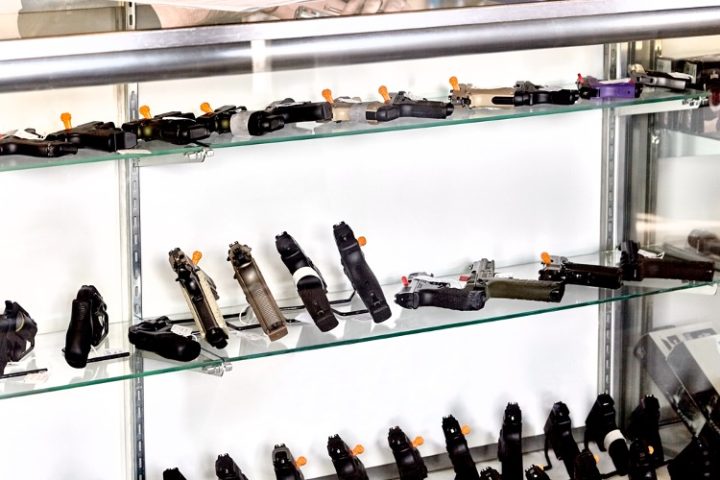
Within days of each other, the FBI and the National Shooting Sports Foundation (NSSF) issued reports that should have warmed the hearts of law-abiding gun owners: Background checks in March almost reached 1.5 million, while homicides dropped 13 percent from 2022 to 2023. Violent crime fell six percent, according to the FBI, while property crime slid four percent.
Media attributed the decline in violent crime, murders, and property crime on local governments refunding their police departments. President Biden claimed his policies were responsible: “Keeping communities safe is my priority…. While we’ve made major progress, we still have more work to do.”
Attorney General Merrick Garland took the credit for the decline. Referring to May 2021, when he began instituting the administration’s anti-gun, anti-Second Amendment agenda, he said:
Since then, our prosecutors, agents, and grant-making experts have worked in close partnership with police departments and communities across the country to go after the recidivists and gangs that are responsible for the greatest violence; to seize illegal guns and deadly drugs; to make critical investments in hiring more law enforcement officers; and to fund evidence-based, community violence intervention initiatives.
The results of a study done by the Manhattan Institute in late 2022 confounded its author, Robert VerBruggen:
Now that right-to-carry (RTC) is becoming universal, the purpose of this brief is to ask what the policy’s consequences for crime rates have been thus far.
In many ways, it is the perfect “natural experiment.” One by one, most of the states throughout the country decided to make it much easier to carry guns in public; if either side of the gun debate is correct, these policy changes should have led to sizable shifts in crime rates.
In theory, measuring such shifts should be easy because during times when some states were changing their laws, others were not — and the latter may serve as a handy control group for the former. With so many experiments running for so many years, the results should be clear by now, both in the raw data and with the aid of modern statistics.
That is not how things have played out.
In the quarter-century since the first edition of John Lott’s More Guns, Less Crime was published, “social science has not resolved the issue. Different researchers, often using the same basic methods in slightly different ways, have … reached varying conclusions.”
For instance, a study by the National Research Council (NRC) in 2005 found that “it is impossible to draw strong conclusions [either way] from the existing literature on the causal impact of these [RTC, or right-to-carry] laws.”
Ten years later, the RAND Corporation undertook a similar review of the data and concluded that “shall-issue concealed-carry laws have uncertain effects on total homicides, firearm homicides, robberies, assaults, and rapes.
Concluded VerBruggen:
Over time, “more guns, less crime” results have become rare, and “more guns, more crime” results have become more common.
But that result remains hotly debated — and much of the most recent evidence indicates that, for all the bickering, RTC laws just might not matter that much….
After decades of intense research, it remains difficult to say what impact right-to-carry has on crime.
There is hard evidence, however, that law-abiding citizens carrying a firearm have saved lives. The conclusions by Gary Kleck and Marc Gertz dating back to 1995 have become engraved in stone: Based on a random telephone survey of 5,000 Americans, they concluded that there were between 2.1 million and 2.5 million defensive gun uses (DGUs) each year.
Other more recent studies are marred by the fact that many, perhaps most, DGUs aren’t reported, as no crime was committed and so no police records were made. The website How Stuff Works, however, dared to suggest that, based on a Justice Department study done nearly 30 years ago, there are about 21,500 DGUs each year.
No matter what the real number is, Americans are arming themselves at the rate of millions of firearms each year, making it increasingly difficult for criminals, and anti-gun politicians, to impose their wills on them.



